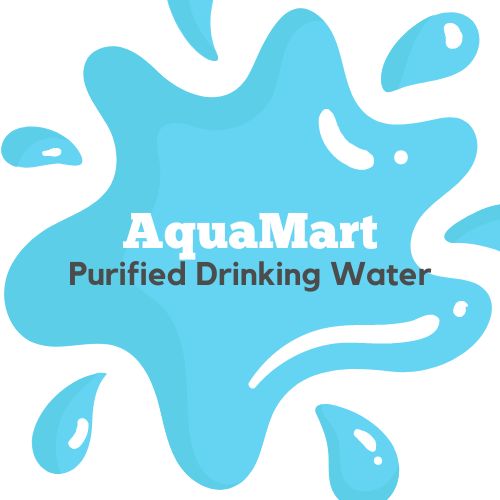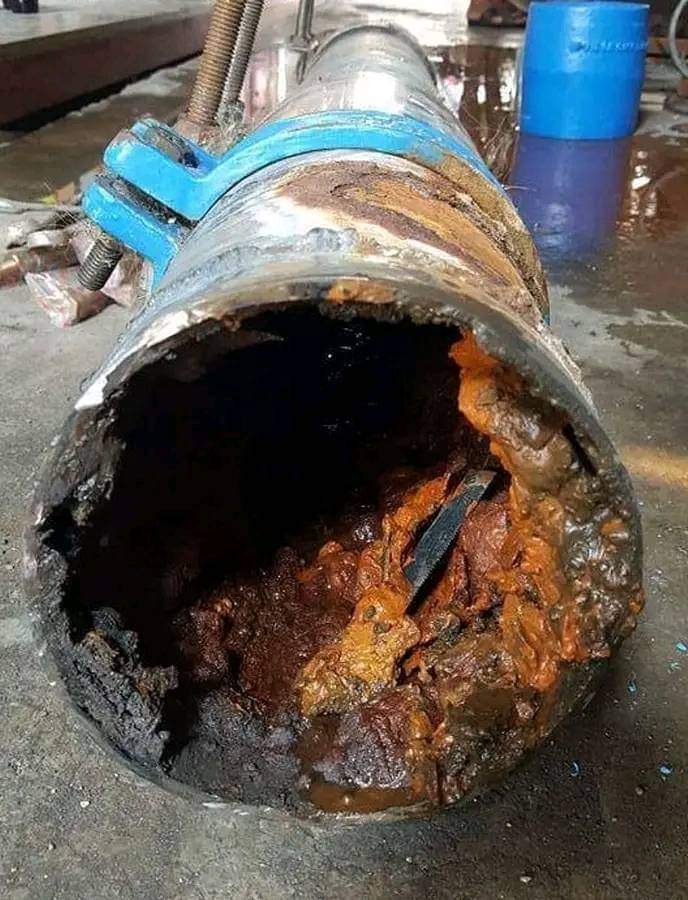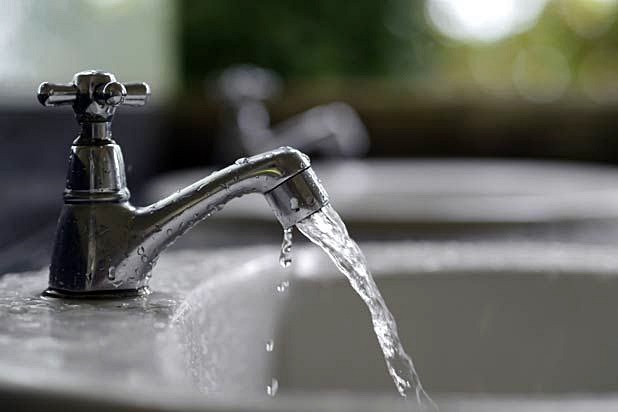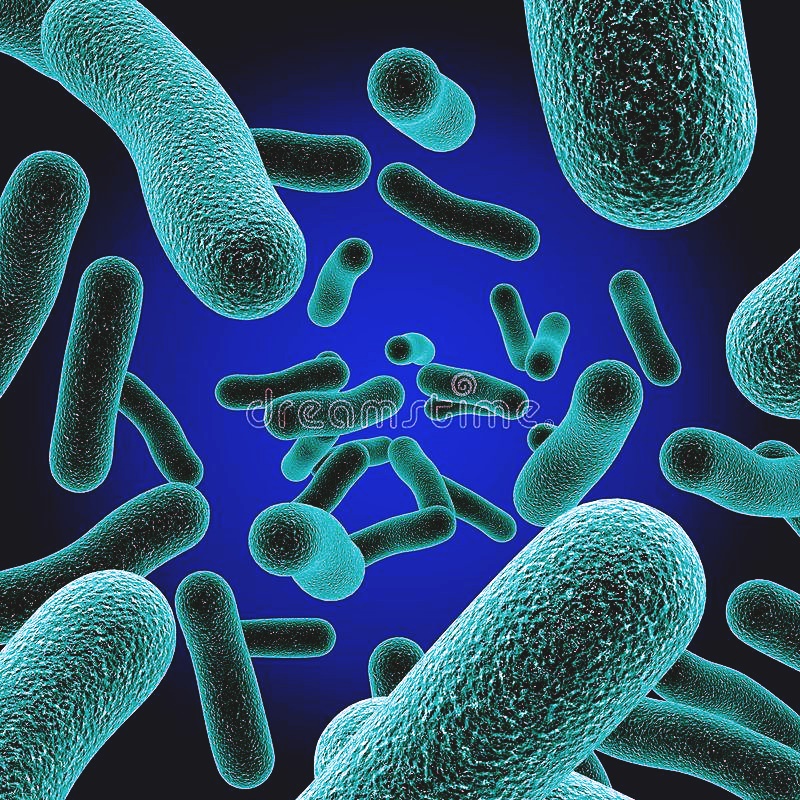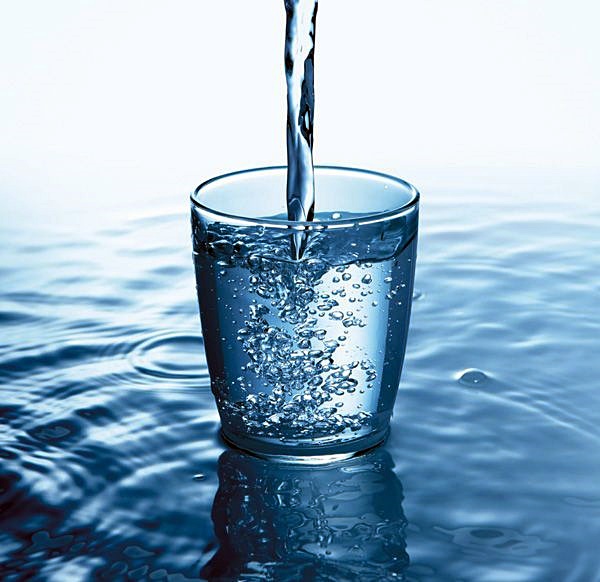DRINKING TAP WATER, A SEEMINGLY innocuous daily ritual for millions, can harbor a range of hidden dangers that should not be underestimated. While many developed countries have rigorous water treatment and monitoring systems in place, challenges persist that can compromise the safety of tap water.
Contamination
FIRST AND FOREMOST, CONTAMINATION IS a significant concern. Even in areas with robust water treatment facilities, contaminants can occasionally breach the safeguards. These contaminants can include heavy metals like lead, which can leach into the water from aging pipes and fixtures. Chronic lead exposure, especially in children, can lead to cognitive impairments and developmental issues. Pesticides, industrial chemicals, and chlorine byproducts are other potential contaminants that can pose health risks when present in tap water.
Pathogens
ANOTHER DANGER LIES IN THE presence of pathogens, such as bacteria and viruses. In regions with inadequate sanitation or outdated water treatment systems, these microorganisms can proliferate in tap water, leading to outbreaks of waterborne diseases like diarrhea, cholera, and gastrointestinal infections. Vulnerable populations, including children, the elderly, and those with weakened immune systems, are at a higher risk of falling ill from waterborne pathogens.
Aging Infrastructure
THE AGING INFRASTRUCTURE OF WATER delivery systems is another perilous aspect of tap water. In older cities and towns, deteriorating pipes can allow contaminants to infiltrate the water supply. Lead pipes, common in some older buildings, can contribute to elevated lead levels in tap water. This underscores the importance of regular testing and, if necessary, replacing aging plumbing systems to prevent harmful substances from leaching into the water.
Chlorine
CHLORINE, WHILE USED TO DISINFECT water and kill bacteria, can also pose a danger when it reacts with organic matter in the water, forming disinfection byproducts (DBPs) like trihalomethanes. Long-term exposure to high levels of DBPs has been associated with an increased risk of cancer and other health issues. This highlights the need for proper chlorine dosage and the removal of organic materials during water treatment.
WHILE TAP WATER IS GENERALLY safe to drink in many developed regions, it is crucial to remain aware of the potential dangers. Regular water quality testing, maintenance of plumbing systems, and a vigilant approach to water treatment are essential steps in ensuring that tap water remains a reliable and safe source of hydration for everyone.
